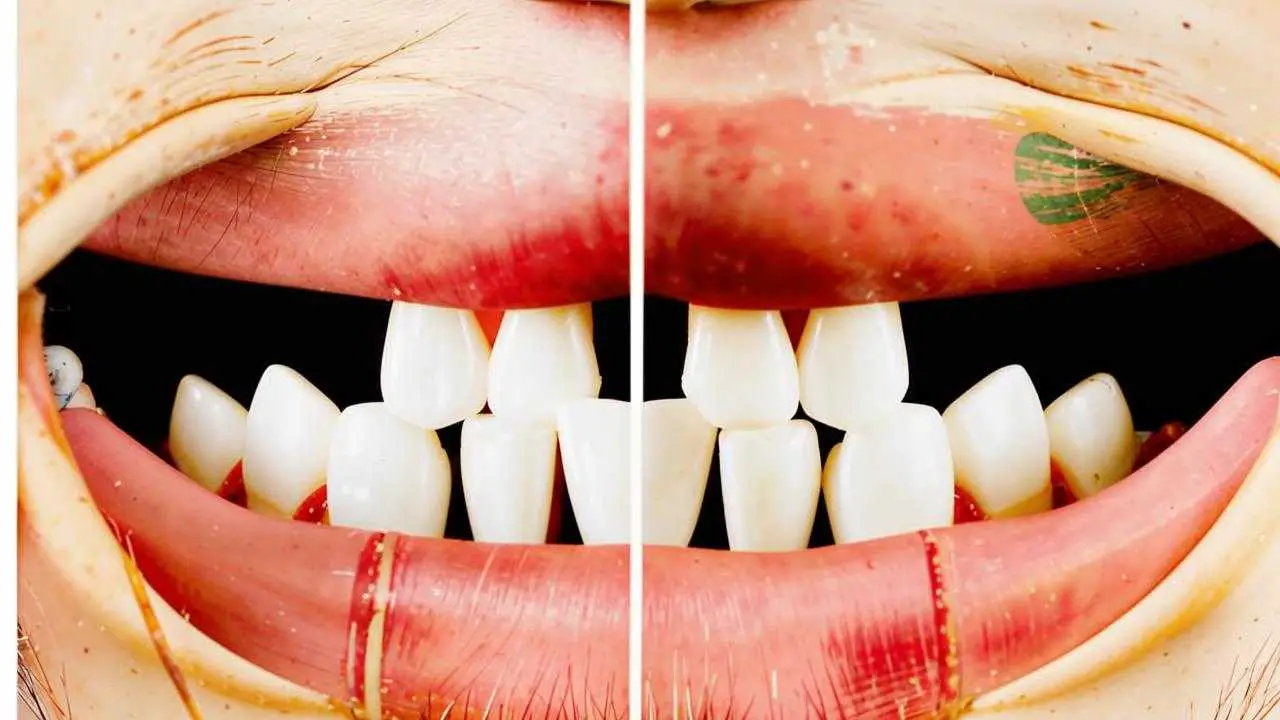Smooth, pleasant-looking teeth are a modern man’s dream. Fortunately, dentistry can provide the perfect set of teeth, even if you were unlucky enough to be born with them. A quick, aesthetically pleasing way to acquire the perfect smile is veneering. Veneers are thin overlays on the teeth that mimic tooth enamel.
Let’s face it, installing veneers is not cheap. Therefore, patients ask the question, what is the service life of veneers on the teeth?
There is no definite answer, it all depends on the type of veneers and the conditions of their use.
How long veneers last
According to the material from which they are made, the overlays are divided into ceramic and composite. The first are made according to impressions in a dental laboratory, and the second – directly in the dentist’s chair. The quality of the material is completely different and the strength to break at different types of onlays is significantly different. And it is it that determines the service life.
Ceramic veneers
This name refers to a variety of materials. What they have in common is the absence of metal in their composition. The most durable of ceramic masses – based on zirconium dioxide, less durable, based on feldspar, and vitrified ceramics occupies an intermediate position.
It would seem that everything is clear: the stronger the material, the longer the service life of veneers. Theoretically, yes, but in practice, other factors also influence the service life of products:
The dental cement that secures the onlay to the tooth loses its properties over the years. Correcting the situation is easy, especially if the veneer is not lost. The tooth is cleaned of the old cement and the plate is glued back on.
- Change in the contour of the gum
As a result of some oral diseases, inflammation and with age, the gum sags. We are talking about tenths of a millimeter, but the space between the veneer and the gum begins to look like a thin brown line. For some patients, it is important to correct the problem and replace the restoration.
A ceramic veneer is strong but thin. Like a regular tooth, it can break from a hard blow or chip off due to chewing hard objects. Wearing a mouth guard in trauma situations can extend the life of ceramic veneers.
- Tooth diseases
A veneer only covers the teeth on one side. Bacteria still settle on the enamel and can cause tooth decay and other diseases. Depending on the severity of the process, the veneer may need to be removed.
- Tooth discoloration
Inlays don’t change color, but adjacent teeth do. If it’s a single restoration, the difference will be striking. Whitening does not help much, because the veneer does not lend itself to it. The only option is to replace the veneer.
- Change of priorities
Circumstances, age and environment influence our preferences. What 10 years ago seemed like a chic idea, today can be annoying. Sometimes, patients change veneers because they want a change, are tired of the color, or want to try something new.
How long do veneers last? 10-15 years, and even longer with proper care. The onlay is usable as long as it remains intact. In general, the duration of use depends on individual conditions.
According to research, after 7 years, the percentage of veneers retention is 97.5% [1]
Earlier studies analyzed veneers made of outdated materials, but also showed excellent results. After 20 years, 83%. [2] of the veneers were still performing well. This was before the advent of glass-ceramics and zirconium dioxide.
Care recommendations:
- Routine hygiene twice a day;
- flossing;
- use of irrigator;
- visiting the dentist 2 times a year;
- wearing a mouth guard if the situation is traumatic;
- changing habits (flossing, chewing hard objects) .
Composite veneers
Plates from composite compositions are primarily attracted by the price. In addition, to install them quite simply, and most importantly, quickly. In about an hour in the dentist’s chair, you can get even, beautiful teeth. The problem is that the beauty of such onlays is not long-lasting. But even here there is a plus – composite veneers can be “repaired”. A small chip or crack is not difficult to eliminate, it is not necessary to put a new plate. In the case of ceramics, the onlay will have to be replaced.
The average service life of composite veneers: 3-5 years. The point here is not only in the durability of the material. Composites fade and change color over time. They are affected by pigments contained in food. Regular polishing helps up to a certain point. Then the teeth lose their attractive appearance. In the long run, composite veneers are not much cheaper than ceramic veneers, because they are changed quite often. As in the case of ceramic veneers, once you install plastic on your teeth, you will have to do it all the time. The service life of ceramic veneers justifies the cost of their installation.
Care for composite veneers is the same as for your own teeth and differs little from the care of ceramic veneers. Except that there are more prohibitions:
- Avoid highly pigmented products;
- avoid contact sports;
- do not bite hard foods, but cut them into pieces;
- stop smoking.
With proper care, composite veneers will please for several years. It can be said that the shelf life of composite veneers is determined by their appearance. As soon as the overlay has lost its attractiveness, it should be changed. How often composite veneers are changed depends on the specific case.
Sources:
[1]https://www.researchgate.net/
[2]https://www.cooleydds.com/blog/veneer-longevity/


